Imagine a thriving underwater world, teeming with vibrant hues and fascinating creatures. The stage is all set for us to learn about one unique star of this underwater scene – the Long Tentacle Anemone. You’re about to get an insider’s view of this incredible species.
The Unveiling of the Long Tentacle Anemone
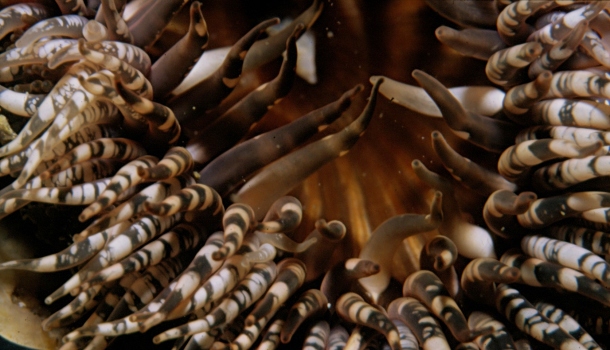
The Long Tentacle Anemone, also known as the Pacific Long Tentacle Anemone, is one standout in our ocean’s ensemble. With its home primarily amidst the shallow coral reefs of the Indo Pacific, these anemones bring an exotic beauty to its surroundings.
The Light Guided Life of the Anemone
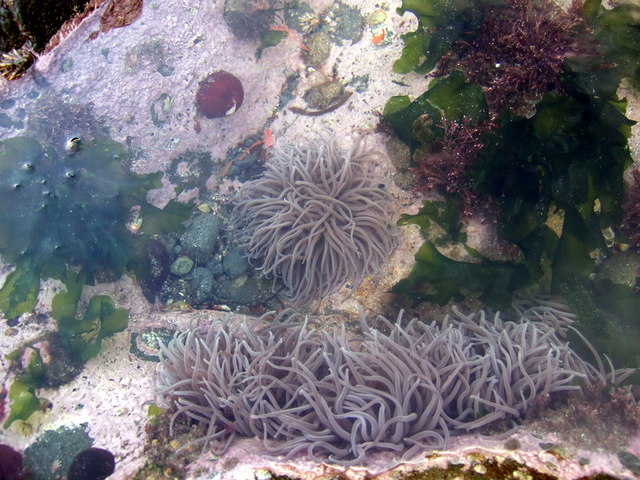
Think of life as an intricate dance between anemone, light, and the tiny microorganisms it hosts. You see, hosting zooxanthellae, tiny algae-like cells, is integral to the Anemone’s existence. The secret for a home aquarium? Mimic this symbiosis with regulated metal halide lighting. It provides the necessary life force for your anemone.
Characteristics of Our Hero: The Long Tentacle Anemone
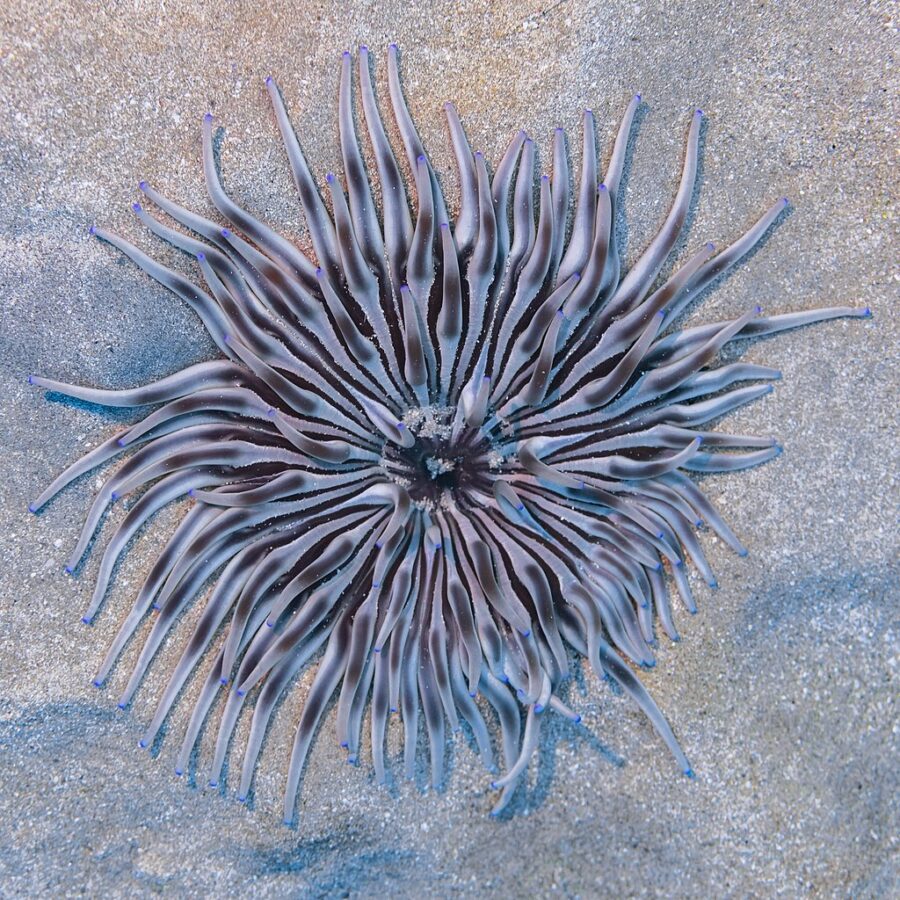
Our star performer comes with a unique wardrobe. Expect a burst of white, cream, or a kaleidoscope blend on their stunning tentacles. How about its preferred stomping ground? Sand, especially of a smaller granular size, enables them to set roots and thrive. Remember, they’re a fan of the underground. Place them accordingly in your aquarium.
Size, Safety, and Dietary Requirements
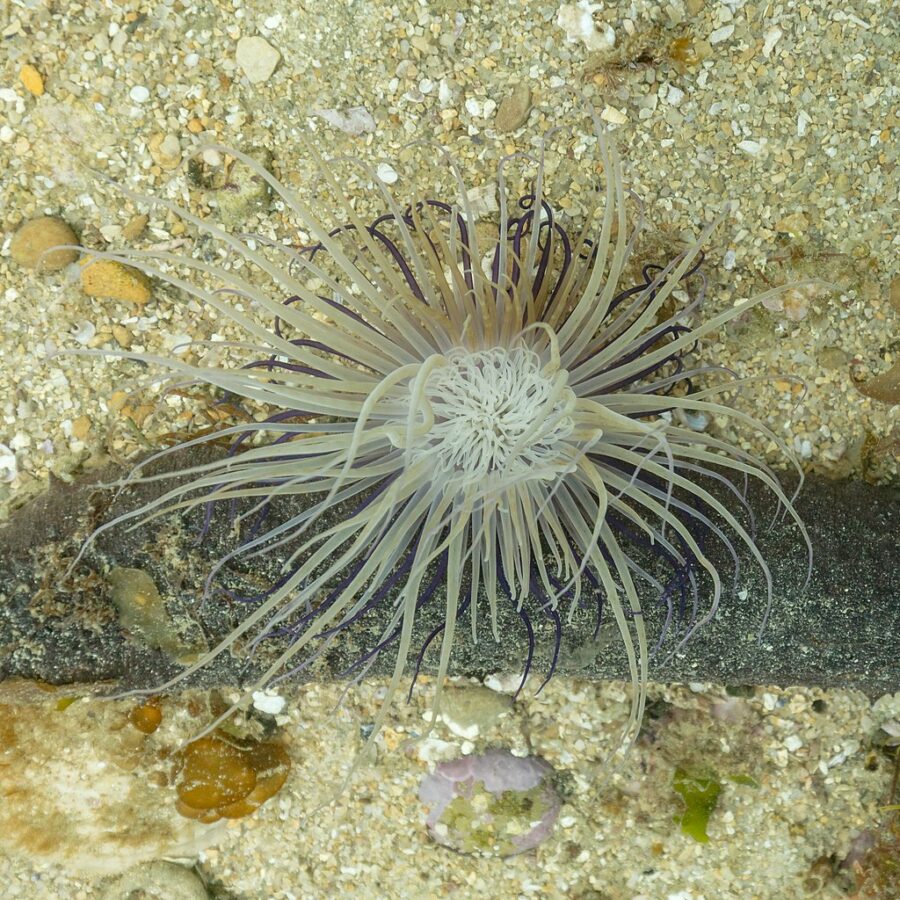
These stunning creatures require space. Growing up to a whopping 12 inches in diameter, a spacious 75-gallon tank comes recommended. They also come equipped with built-in self-defense. A sting potent enough to harm or even kill other tank inhabitants. As its caretaker, it’ll be your task to ensure a balanced environment.
As for its food, asides from photosynthesis via the zooxanthellae, a weekly treat of squid or clam keeps them healthy. Moderation works wonders for preserving water quality.
Choosing the Ideal Long Tentacle Anemone for Your Aquarium
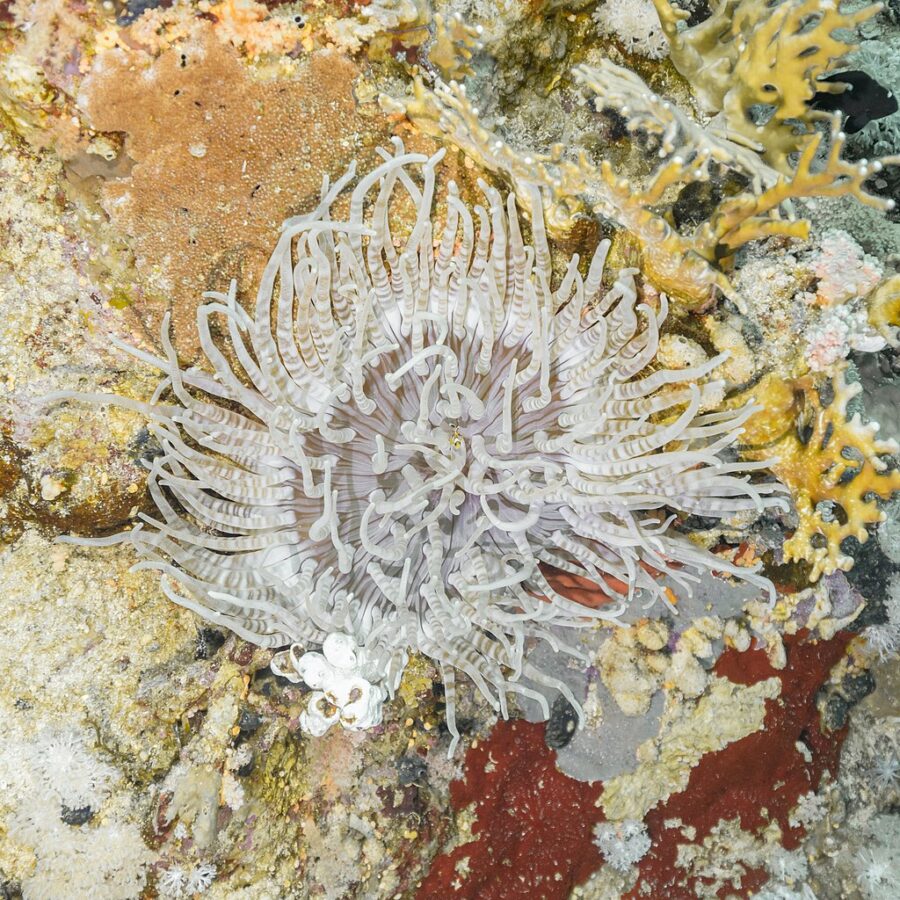
Look for robust size and vitality when picking your long tentacle anemone. Constant fluctuations in size could spell trouble. Pick a healthy specimen to avoid unwelcomed surprises post-introduction to your tank.
Important Tips for Anemone Care and Safety
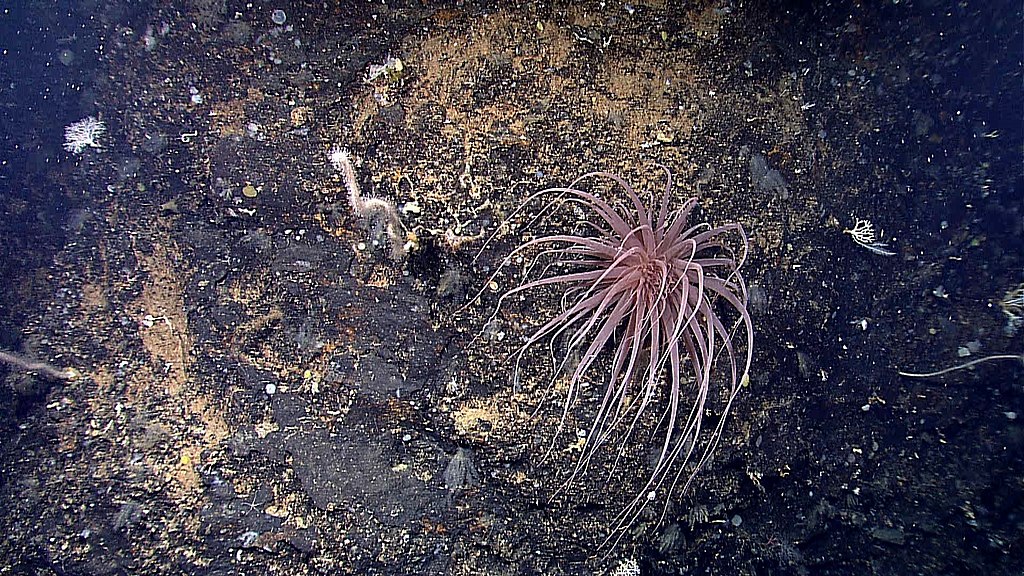
The anemone might find itself tangled up in power head inflows, posing a significant risk. Thoughtful planning and design of your aquarium setup will safely navigate this problem.
With dedication and healthcare, your long tentacle anemone will become a captivating centerpiece in your underwater abode. The symbiotic relationship between the anemone and clownfish adds an extra sparkle. It’s a captivating view for anyone with an appetite for nature’s spectacle.
Related Reads to Fuel Your Aquatic Interests:
- Get to know the Carpet Anemone
- Navigate through the World of Marine Anemones
- Discover the elegance of the Rose Bubble Tip Anemone
Embrace this journey of deep-sea discovery, adding a touch of oceanic magic to your domestic realm with the Long Tentacle Anemone.